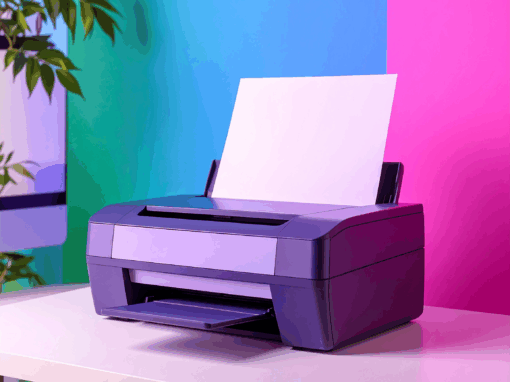Since 2008, we have seen many different approaches to managing document attachments in Oracle eAM. Based on these experiences, we’ve documented some of the best techniques and Oracle features for effectively organizing and storing attachments to help build a better experience for planners, schedulers, and technicians.
This information helps organizations launch maintenance improvement projects, create standards, distribute better safety information, and build a process that helps to quickly distribute the best information possible to technicians.
Introduction
Our experience has shown that commonly used documents should be stored in the Oracle Document Catalog via the Web Page attachment type, linking to a web-based document library such as SharePoint on-prem or SharePoint Online, which is quickly becoming the new standard.
This technique combines native Oracle EBS functionality and a commonly used enterprise application (i.e., SharePoint). This approach allows users to quickly select standard documents, and at the same time allows administrators and managers to implement good document version control.
While potentially time consuming to set up (AventX can help!), this approach creates an environment that is very easy to maintain. It allows planners and schedulers the ability to attach important documents to any level of the work order in Oracle eAM—including at the asset, work order, operation levels, as well as other locations. This process ensures consistency, and makes maintaining attachments easier over the long haul, which is incredibly important for safety documentation.
The first step is to build a good document library in something like SharePoint.
Setting Up Your SharePoint Folder Hierarchy
The first step in setting up your SharePoint structure for attachments will likely involve the IT department. It is recommended that a document library be explicitly created for the Maintenance team, where the document library name is something like “Maintenance_Attachments” or “Attachments.”
Based on your organization’s makeup, this “Attachments” folder could be preceded by additional levels of hierarchy, such as Org ID and/or Maintenance Location. The following is an example of how the folder hierarchy can be created.
/ Attachments / Work_Orders / Assets / Asset Number or Asset Group / Activity or Operation / Document
The following screenshot provides a visual example.
This technique allows the most flexibility to administrators to update the document to the latest version without having to upload the document back into Oracle EBS.
Naming the Files in the Document Library and Adding Document Metadata
It is good to have a strategy for naming the actual files in this directory. Here are a few approaches that seem to work well for many organizations.
- Do not use spaces, use underscores. If a space is used, SharePoint adds a “%20” in the file name, which makes it difficult to link to as well as to migrate to other document libraries in the future if SharePoint isn’t part of the long-term attachment storage strategy.
- Consider putting a “prefix” as the first part of the file name. For example, put a “INSP” for an inspection document or “SAFE” for a safety document. This way the document stands out to the user.
- Create a “column” in SharePoint called “Document Type” to profile the type of document to improve searching for the document in SharePoint.
Publishing Attachments to the Oracle Document Catalog
It is time to feed Oracle with a few documents now that they are in SharePoint. AventX should be installed at this point to test a small sample and get user feedback. Getting user feedback is essential before going crazy uploading all of the documents into SharePoint. You do not want to publish to the catalog, load all of the URLs, then all of a sudden, you need to change the folder structure, which will break your links in Oracle.
Web Page Attachment Type
With all three options, Oracle eAM gives you the choice to save the document as a File or a Web Page attachment. Select Web Page as the preferred method for creating a link to the file.
Copy and paste the URL to the SharePoint file. In SharePoint use the technique of right-clicking on the hyperlink, then selecting Copy Shortcut.
What About Your Existing Attachments? The Challenge of Migration
The strategy outlined above is a powerful, forward-looking approach to creating a scalable and manageable document library. As you read through the steps, a critical question likely came to mind: “This is great for new attachments, but what about the years of critical data we already have stored directly in Oracle?”
For most organizations, the prospect of moving thousands—or even millions—of existing file attachments from the Oracle database to a new repository like SharePoint is a monumental roadblock. A manual migration project would involve:
- Individually downloading each attachment from every Oracle record.
- Uploading the file to the correct folder in the new SharePoint library.
- Copying the new URL for that file.
- Navigating back to the original Oracle record.
- Deleting the old file attachment and creating a new “Web Page” type attachment with the correct URL.
This process is not only incredibly time-consuming and resource-intensive, but it’s also fraught with the risk of human error, leading to broken links and lost data. The sheer scale of this task prevents many organizations from ever adopting a more efficient attachment management strategy.
Automate Your Move with AventX A2A
This is precisely the challenge that AventX A2A (Attachment to Attachment) was designed to solve.
AventX A2A is an automated solution that manages the entire migration process for you. It intelligently extracts your existing file attachments (e.g., PDFs, images, text files) from the Oracle database, uploads them to your target repository like SharePoint Online, and seamlessly updates the links within Oracle EBS to the new URL—all without manual intervention.
By automating this migration, AventX A2A enables you to:
Adopt Best Practices Immediately: Overcome the migration hurdle and implement a modern, efficient document management system now, not years from now.
Drastically Reduce Labor Costs: Free your IT and maintenance teams from a tedious, low-value manual migration project, allowing them to focus on strategic initiatives.
Eliminate Data Entry Errors: Ensure every attachment is migrated correctly, preserving the integrity and accessibility of your critical maintenance and safety documentation.
Improve Oracle Performance: Offloading large binary files (BLOBs) from your database can lead to a leaner, faster, and more responsive Oracle environment.
Don’t let your legacy data hold you back from a better system. With AventX A2A, you can bridge the gap between your current state and your future goals, ensuring all your attachments—past, present, and future—are managed effectively.
The whitepaper titled “Improving Asset Maintenance, Safety, and Reliability for Oracle eAM” discusses more of the challenges with creating work packets that AventX aims to solve.
For those of you that are looking to reorganize or rethink how you are storing attachments and creating work order packets, feel free to connect with us any time! If you have other thoughts on how to organize your libraries, let us know using the form below.
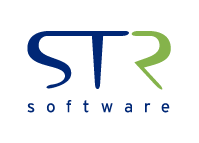

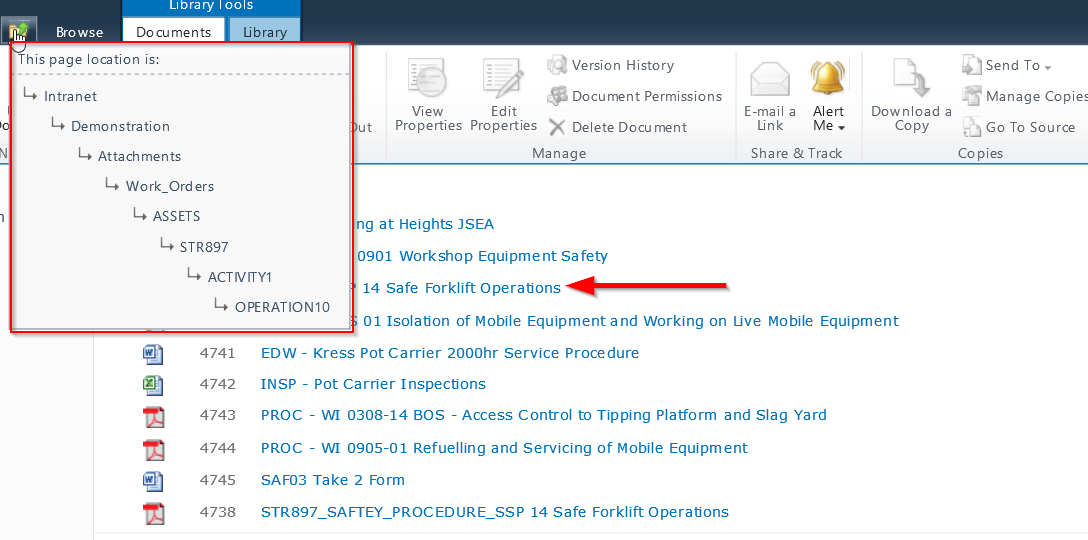
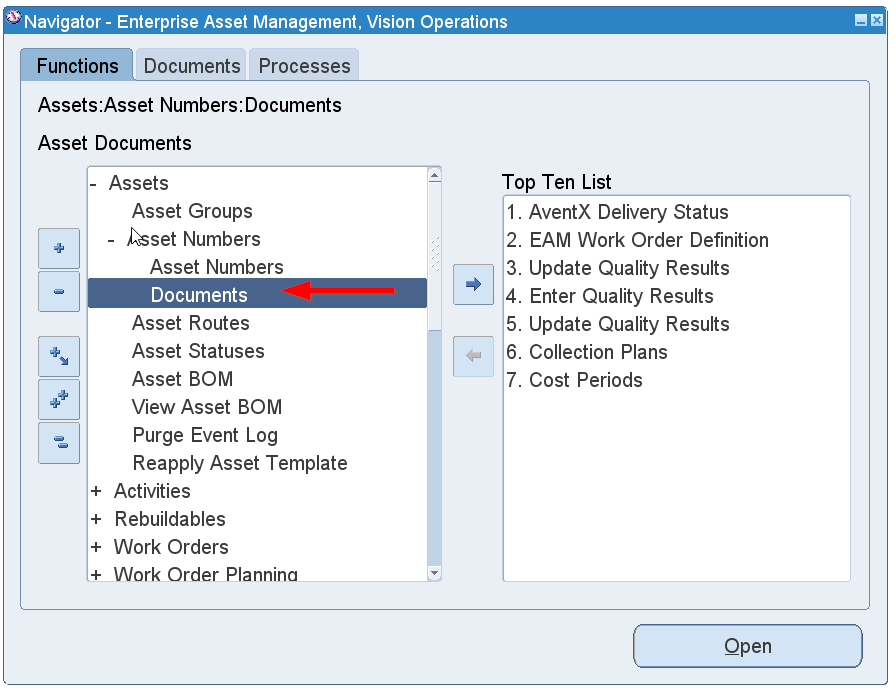
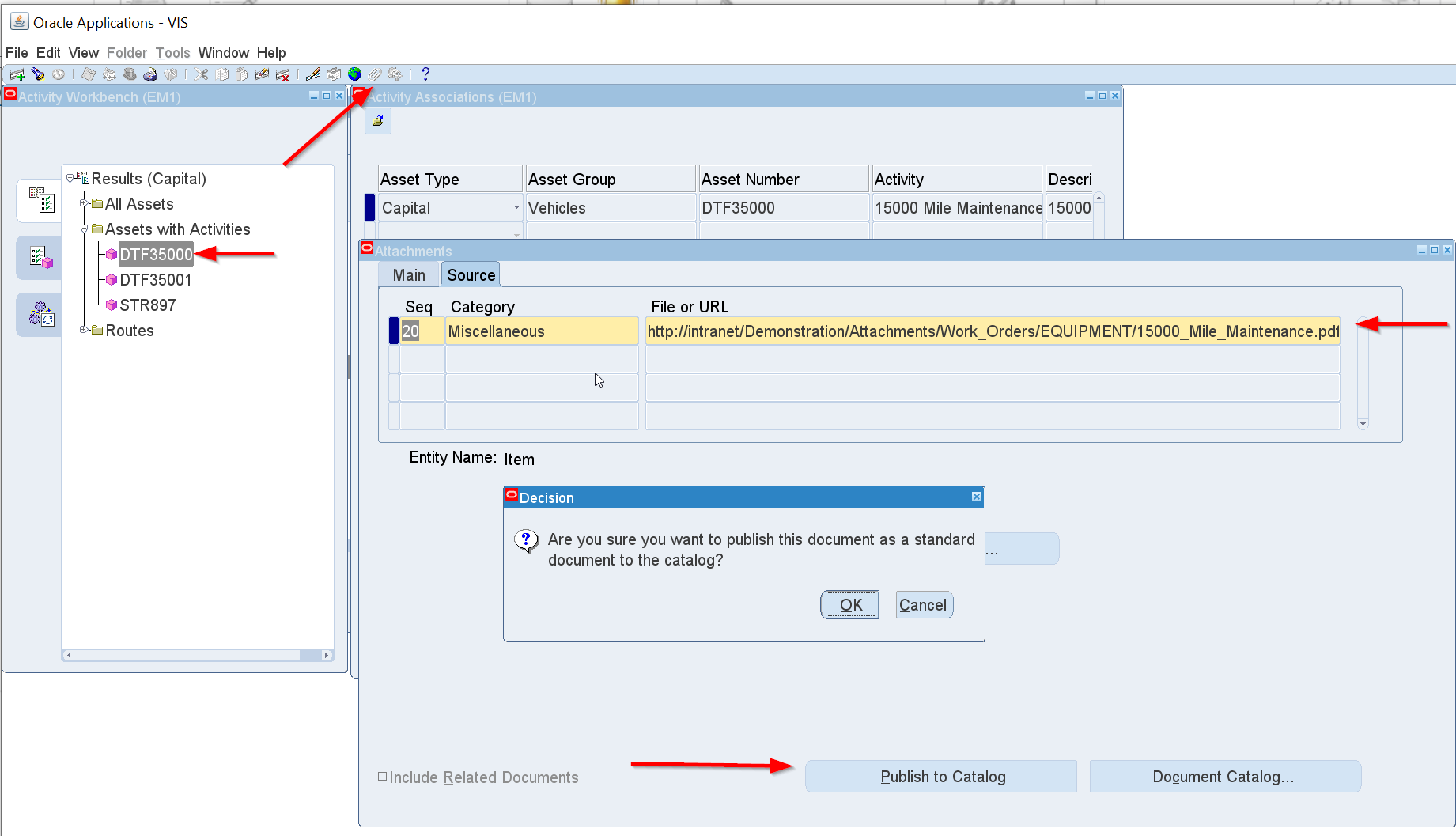
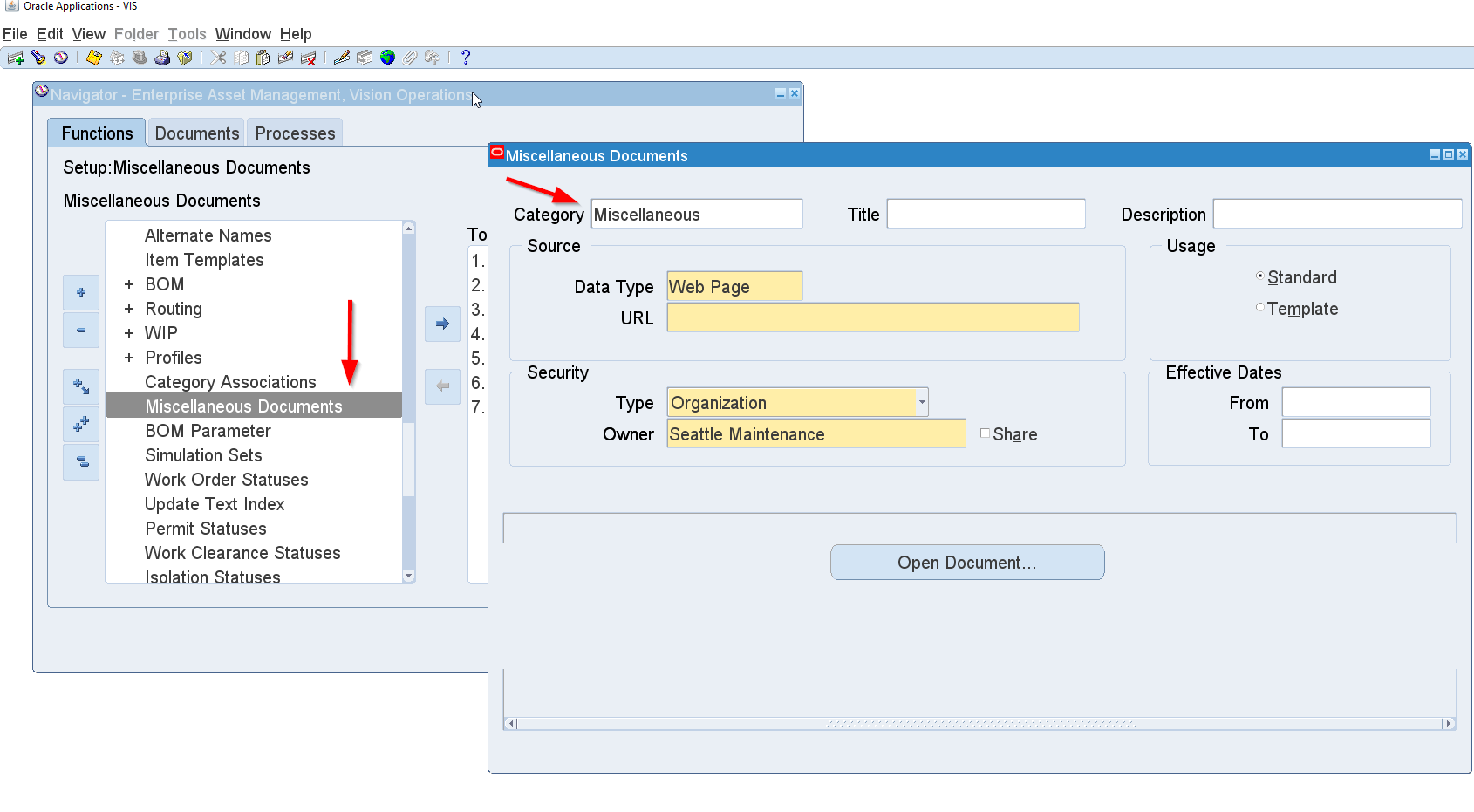
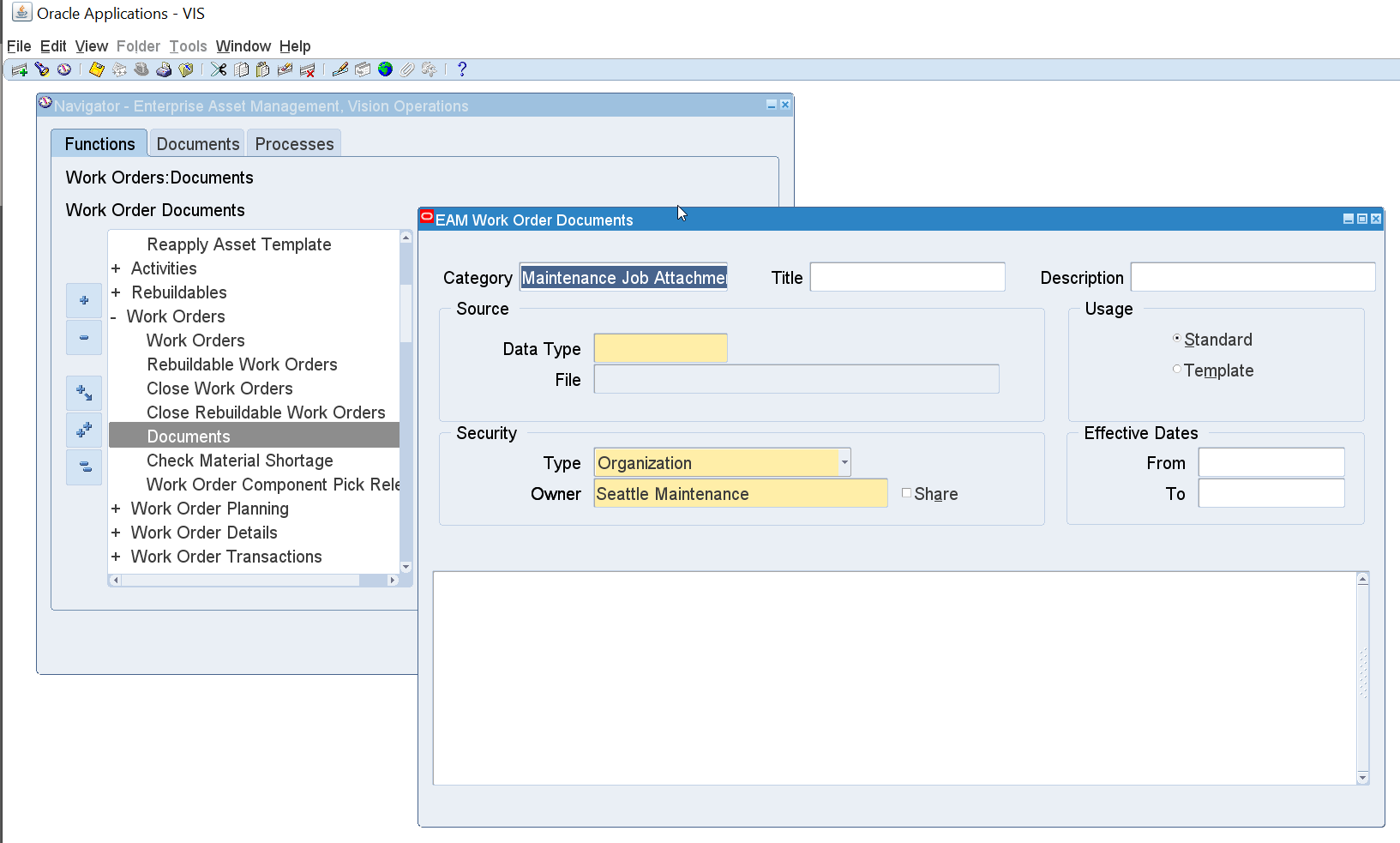
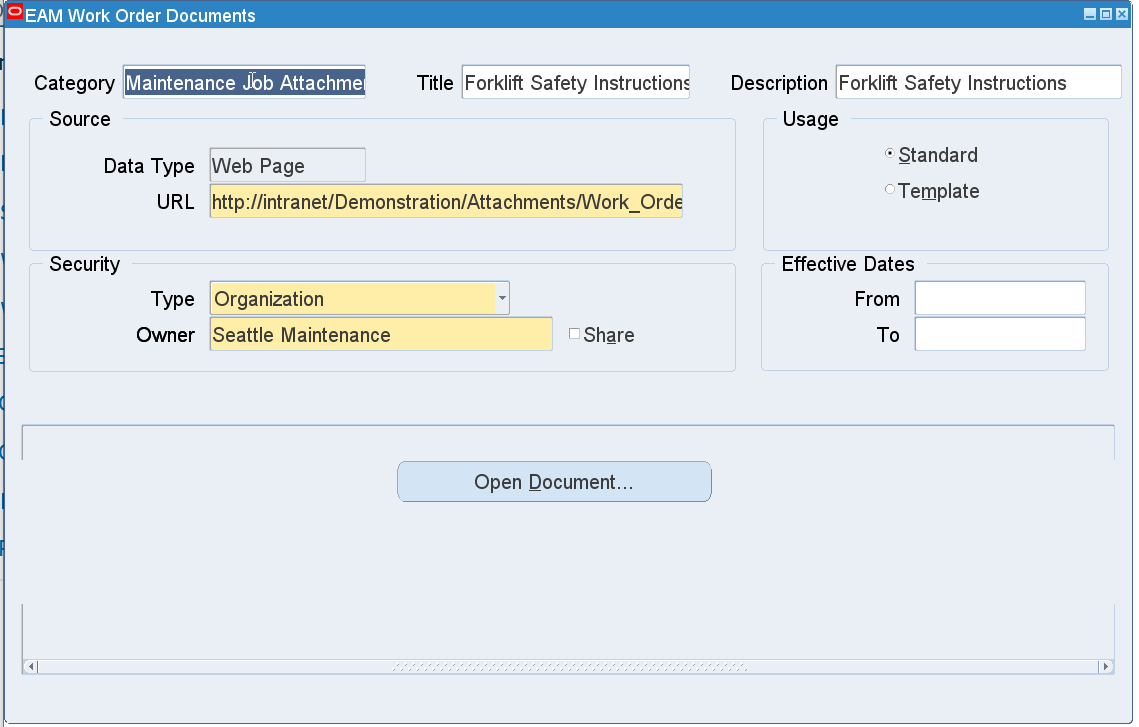
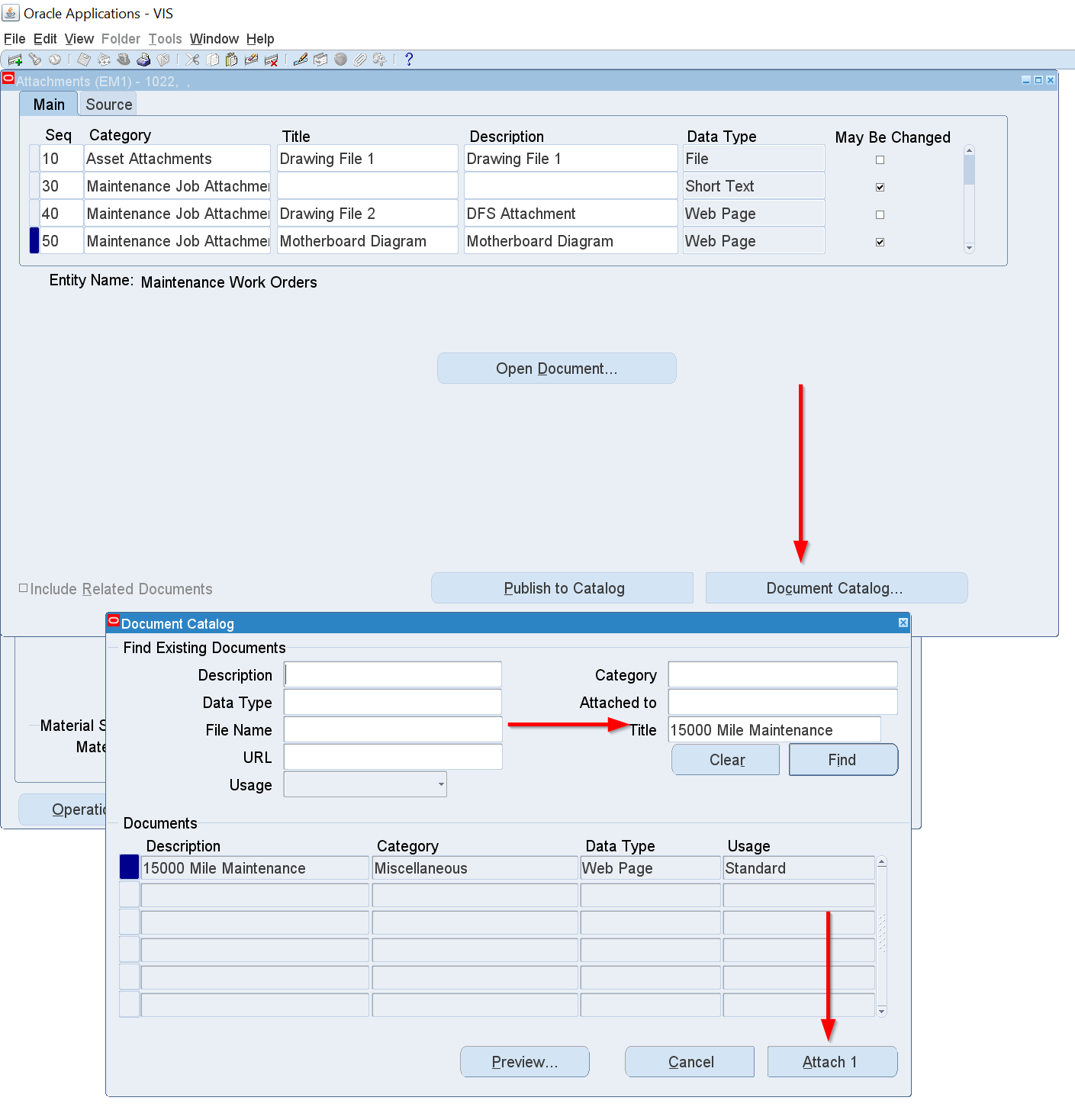
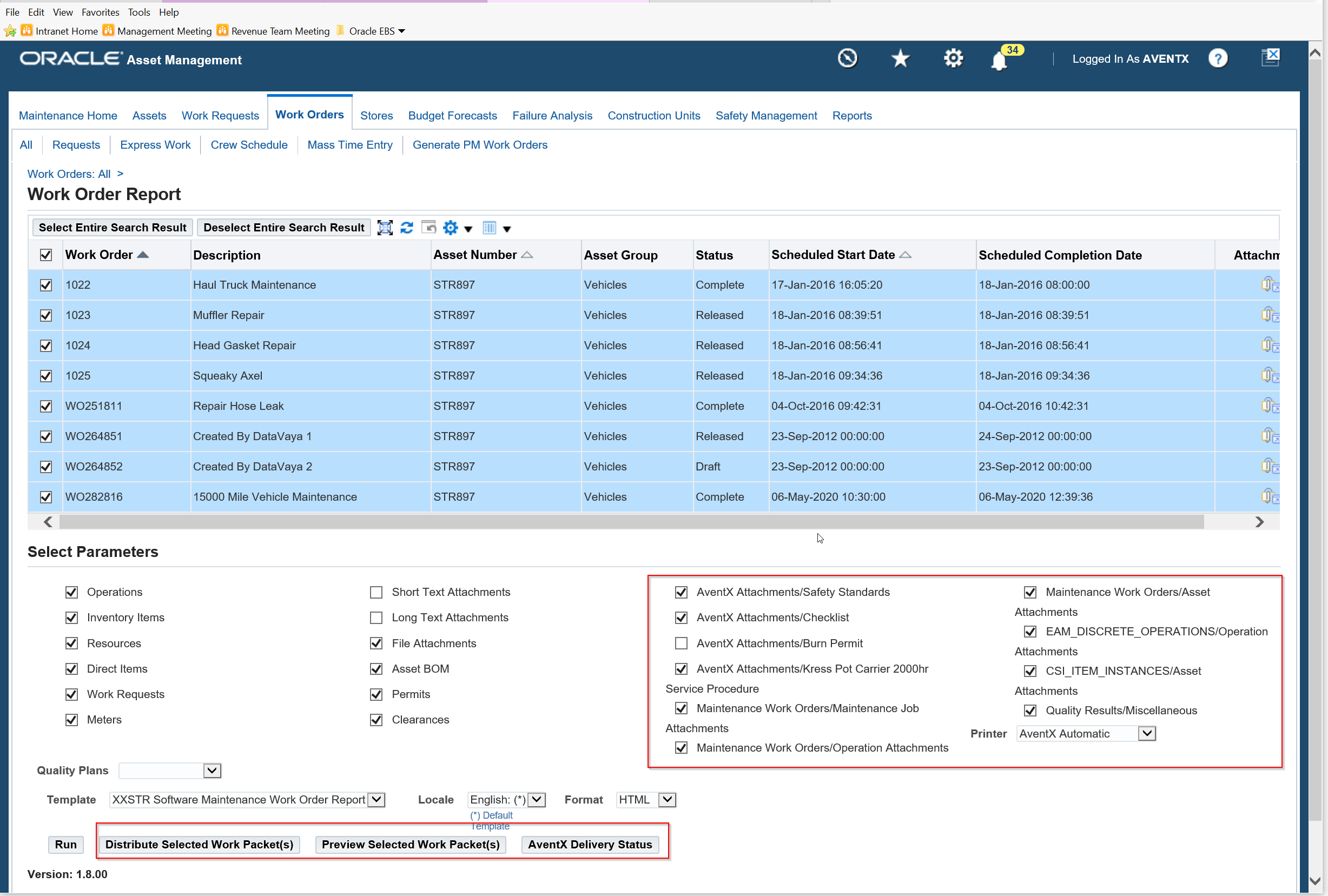
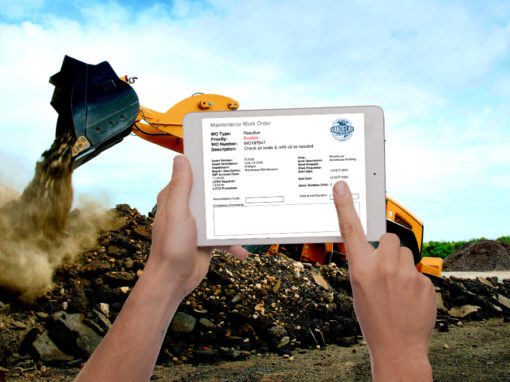

![Rollup of Product Updates [Summer 2025; v25.3]](https://www.strsoftware.com/wp-content/uploads/2023/02/Feature_Image_ProductUpdate_Wave-510x382.png)
